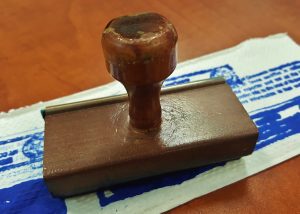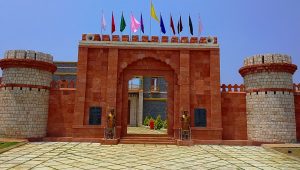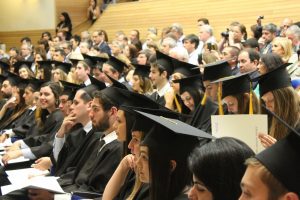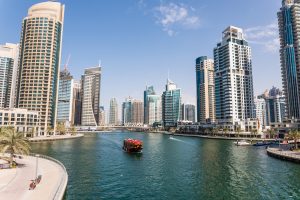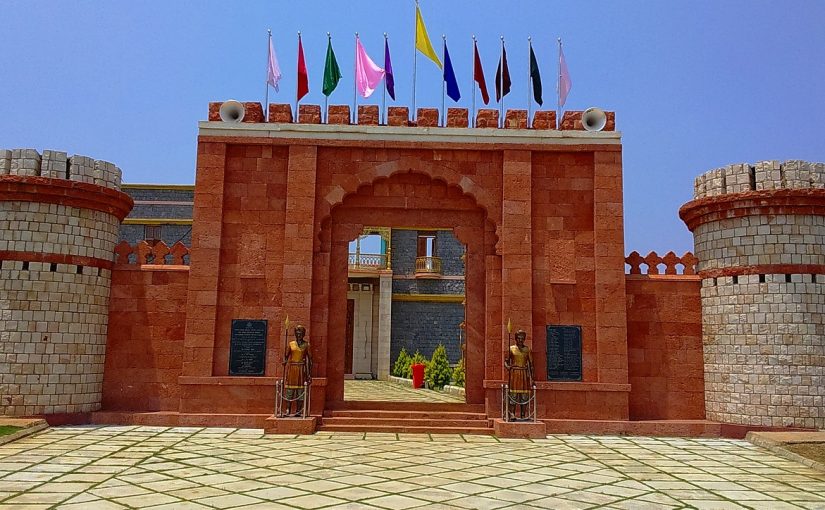
In the poet guide Kavirajamarga (believed to be co-written by Karnataka’s greatest king, Amoghavarsha), the author brags about the multiplicity of the dialects of Kannada. He writes that these dialects can even put the thousand-headed serpent Vasuki into despair. These dialects make it difficult to simply copy/paste your content into AI tools for English-to-Kannada translation.
Right now, the most popular language spoken in Karnataka is Kannada (spoken by more than two-thirds of the folks living there. It has 44 million native speakers. Where is Kannada language spoken outside of India? Many Indian immigrants living in the United States or Europe also speak this language.
That’s why we should learn to appreciate different dialects of Karnataka’s state language and grasp the true dialect meaning in Kannada. It’ll help you translate this language more accurately in marketing.
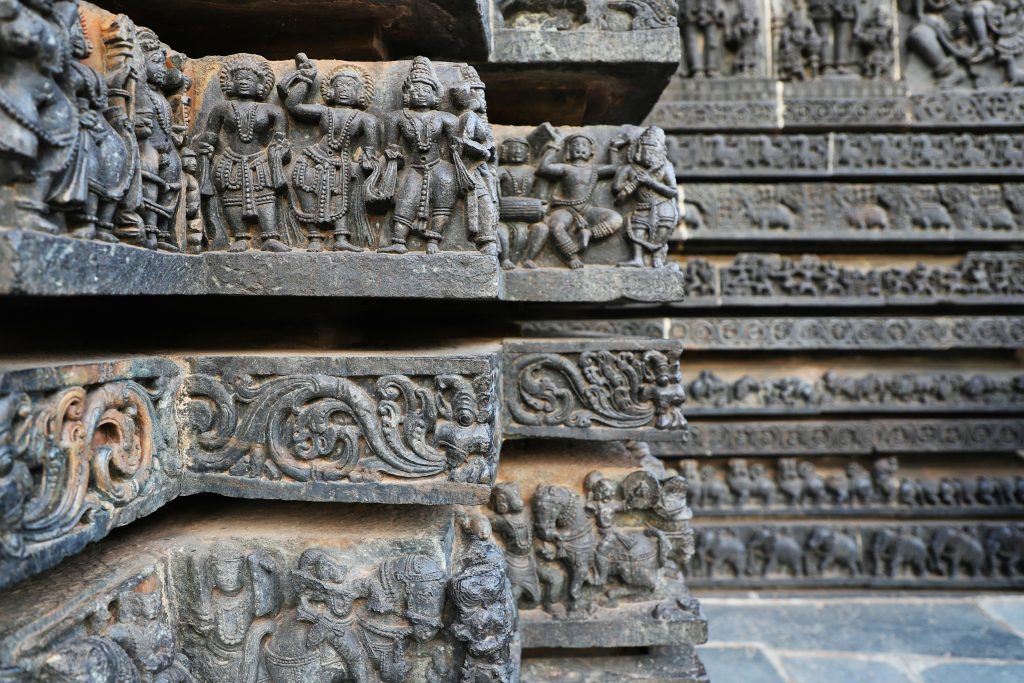
What’s the Importance of Kannada Language?
A few months ago, a Karnataka-based milk brand, Nandini, scored big in international cricket by forming partnerships with the Irish and Scottish teams. It’s one of the most popular examples of this Indian state becoming a global center for tourism, IT, and entrepreneurship. That’s why marketers have to be careful when translating advertisement content for a Kannada-speaking audience. Confusing a local dialect with another one will curb the intended effect of your ad campaigns on the target audience.
We’ll discuss these regional dialects later. First, let’s go over a few reasons why Kannada translation is so important for you. The rich history of the beautiful language spans over 1,500 years. From ancient royal founds like the 5th-century Halmidi Inscription to the modern talk in cities like Bangalore – Kannada was shaped by a variety of dynasties and cultural exchanges that took place in the state of Karnataka.
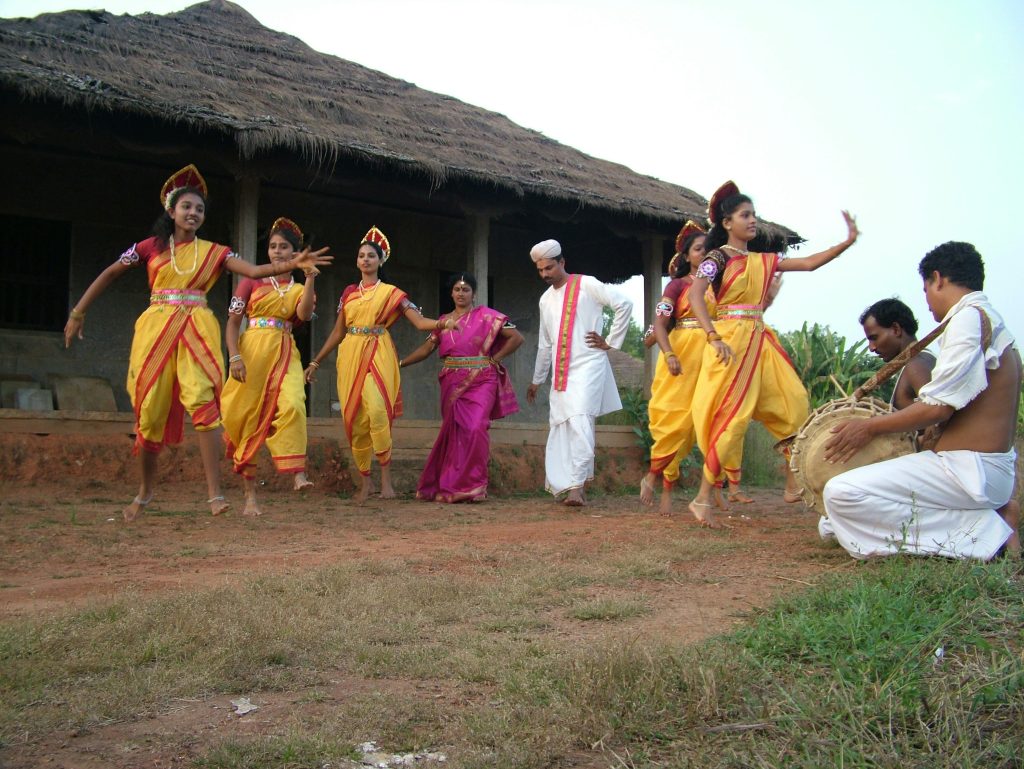
The many dialects of Kannada reflect the unique cultural heritage of Karnataka; it serves as a repository of regional folklore and traditions, religious hymns, and artistic expressions. What used to be a major language associated with royal courts and Jain teachings a thousand years ago has now become an even bigger means of communication. It has over 15 million non-native speakers (over 50,000 of whom were in America alone a decade ago!) along with an unbroken literary record of twelve centuries.
From notable authors like Kuvempu and Shivaram Karanth to classic music and dance forms (such as the famous Yakshagana and Bharatanatyam) – Kannada keeps enhancing Karnataka’s cultural footprint. This is the reason experts are making an effort to make Kannada’s linguistic variety easily comprehensible. Now, we have software capable of distinguishing multiple Kannada dialects from each other.
In the next section, we’ll look into these different dialects and try to explain how they’re different. You’ll learn why translating Kannada is a task we should leave only to the professionals.
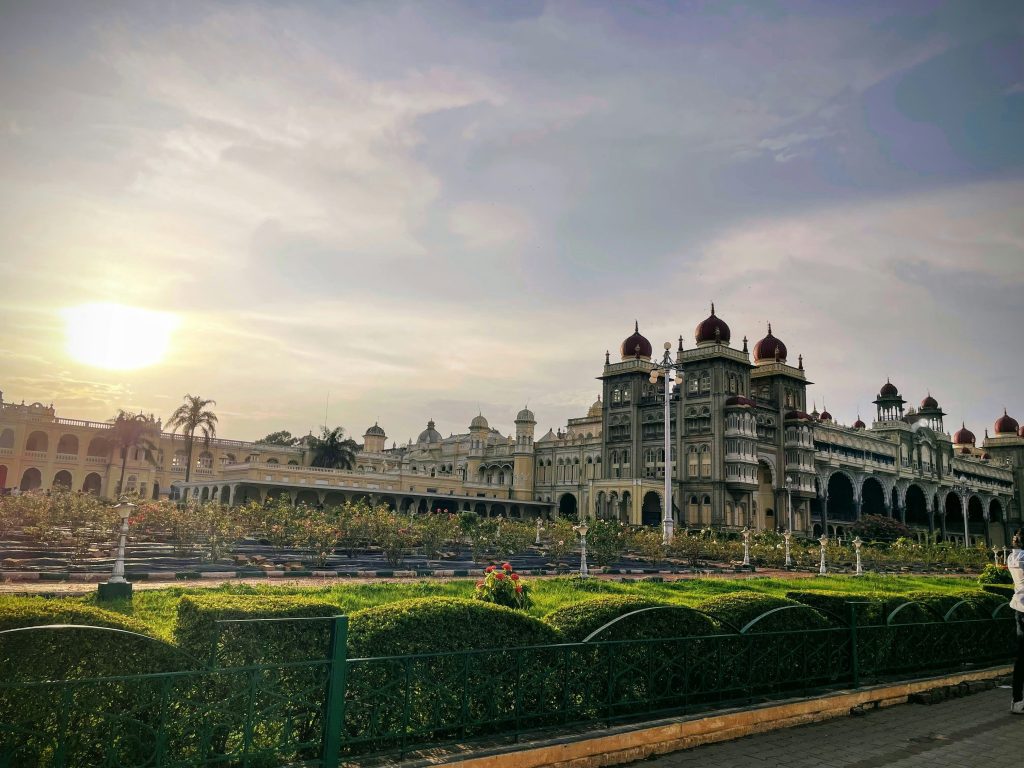
Kannada’s Regional Dialects: A Detailed Overview
Hopefully, you now understand the importance of Kannada language and the roles its different dialects play in translation works. Nativity is important when you are crafting marketing content for Kannada. As an example, we’ll translate five different Kannada words/phrases in English with Google Translate along with a genuine translation that’s actually used by people living in Bangalore and other cities.
| English | Kannada (Google) | Kannada (TranslateSwift) |
| Today | ಇಂದು(Indu) | Ivattu |
| Yesterday | ನಿನ್ನೆ(Ninne) | Ninne |
| Tomorrow | ನಾಳೆ(Nale) | Nale |
| Day after tomorrow | ನಾಳೆಯ ನಂತರದ ದಿನ(Naleya nantarada dina) | Nadiddu/Naliddu |
| Day before yesterday | ಹಿಂದಿನ ದಿನ(Hindina dina) | Monne |
You can always learn more details about the Kannada language to improve your translation efforts. The best way to get your message across to Kannadigas is to understand its multiple regional dialects. As per a 2003 book by Michail Andronov, A Comparative Grammar, we can classify Kannada into these dialects:
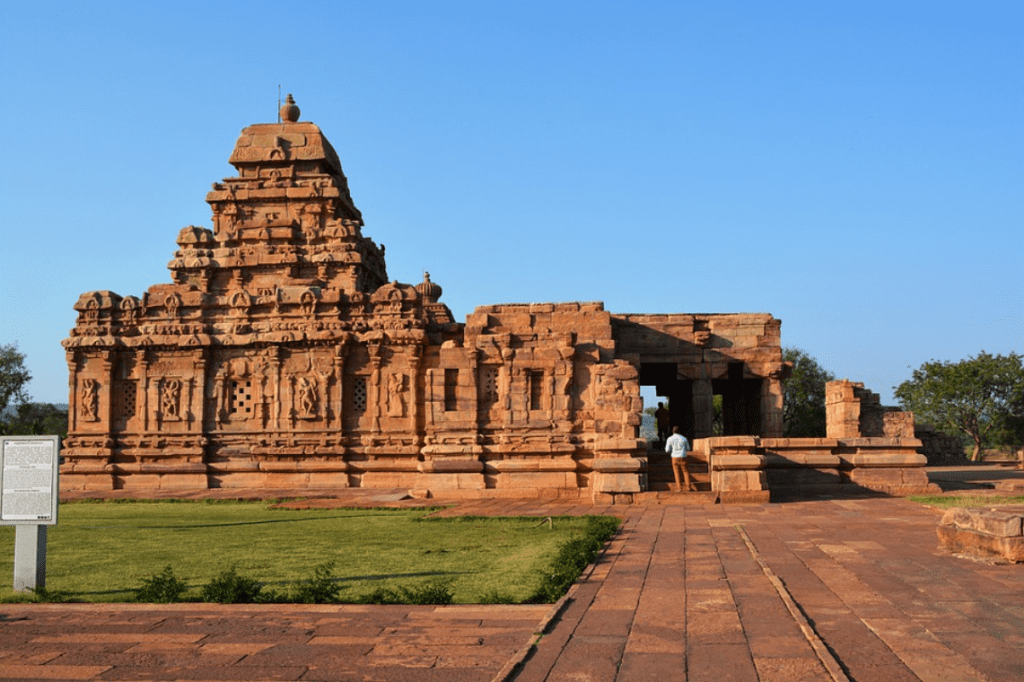
Northern Dialects
We can place three different dialects of Kannada in the first category:
- Dharwad: This dialect’s name comes from Karnataka’s Dharwad District. It’s famous for its very palpable phonetic features and distinct vocabulary. So, people speaking this dialect will exhibit a software pronunciation of consonants. You may expect them to pronounce water as neeru but with a softer sound. They also tend to add an “a” at the end of nouns and replace “o” with it as well, such as saying bottu as battu.
- Gulbarga: It’s spoken in the Gulbarga District and has an Urdu-Hindi layer on it. So, you’ll notice Urdu loan words used in this dialect that may sound completely alien to standard speakers. This Urdu influence remains a controversial issue in Gulbarga (now called Kalaburagi) even today.
- Bagalkot: This dialect is unique in terms of lexical elements. It will borrow idioms from different surrounding languages. Also, some speakers of this dialect will use gender-neutral terms when it comes to men and women. You may notice them replacing “h” sounds with “a” or “o.” Devanga dialects are quite similar to the ones spoken by Bagalkot residents.
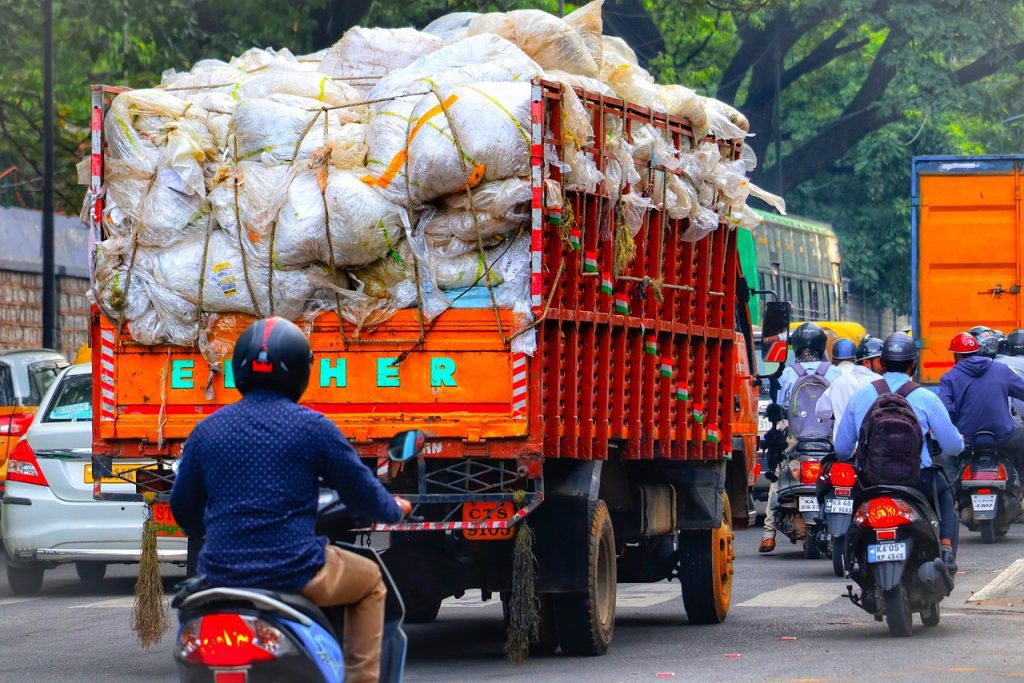
Southern Dialects
Let’s discuss three more dialects of Kannada that are mostly spoken in Southern Karnataka:
- Bangalore: You will hear this dialect in Bangalore and its suburbs. It makes ample use of modern slang under the influence of urban culture. Even English words and phrases are used in it. You will often find words like “cool,” “chill,” “coffee,” etc. being used in this dialect. So, asking what time it is will be time eshtu. Bill kodi is asking for bill, veg yane idhe is to ask for vegetarian meals, and change illa guru means you simply don’t have change to give someone.
- Mysore: This dialect used to be the standard Kannada language a millennium ago. It’s used now mostly in formal settings. The Mysore dialect showcases the refined samskriti (culture) of a very Sanskritized Kannada. Spoken usually by the local Brahmin community, the speaker knows when to switch from the very formal to a quite informal version of this dialect.
- Chamarajanagar: You can guess from the name where it’s spoken. It is distinct when it comes to intonations and vocabulary, setting it apart from the Mysore dialect. You can notice even slight variations between these two dialects based on how Chamarajanagar residents pronounce their vowels differently. While the Mysore dialect is associated with the Brahmin community, this one is generally spoken by the Mysore District’s Dalit individuals.
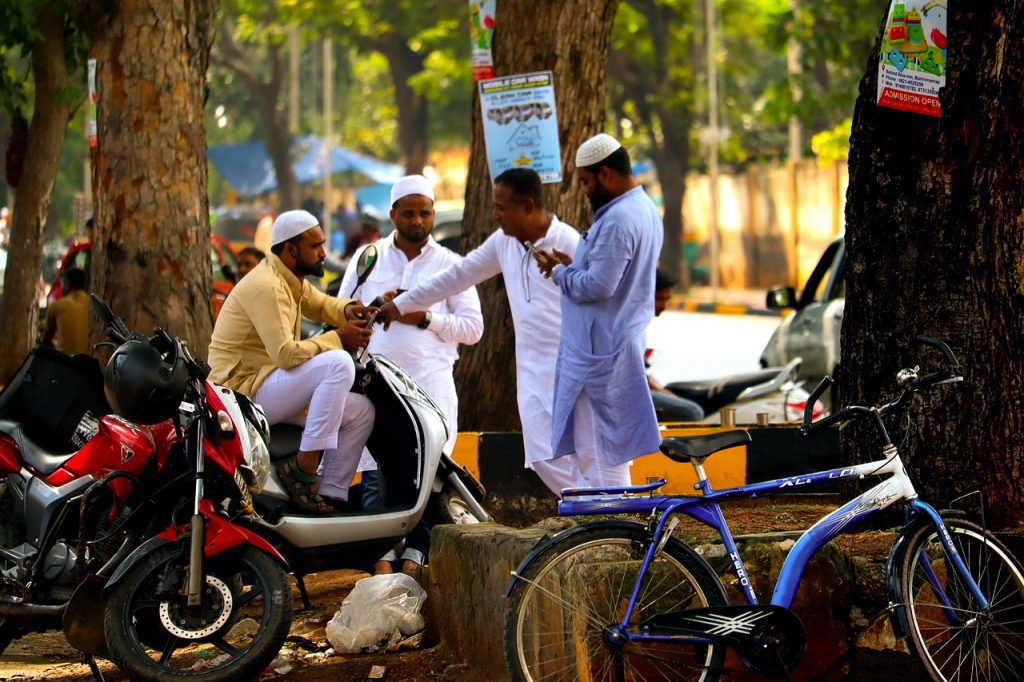
Coastal Dialects
The coastal culture makes these dialects quite different from the six ones mentioned above.
- Mangalore: You will find the words like nendra (banana) and kori (chicken) used in this one a lot more often than in others. Linguists thought that Mangalore residents speak Kannada exactly as it’s written, pronouncing every phoneme carefully. This belief has been proven to be false. It is true, however, that they’ll often tell a joke or anecdote in Tulu language.
- Havyaka: The Brahmin community speaks this dialect. It’s popular not only in Mangalore but in the city of Sirsi as well. This old dialect resembles Halegannada; if you speak it, you can easily read a variety of 1,000-year-old Kannada literature (since Halegannada means Old Kannada). You’ll find the use of appa (father) in this dialect, along with many Tamil, Telugu, and Malayalam influences.
- Kundapura: When the Havyaka Brahmin community of Kundapura started speaking Kannada, it turned into the Kota dialect. Research says that 10,000 words and 1,500 idioms in Kannada are exclusive to the Kundapura dialect. Even this dialect has various sub-dialects, such as Koraga. In Koraga, you’ll get sub-sub-dialects like Onti, Tappu, Mudu, and Ande.
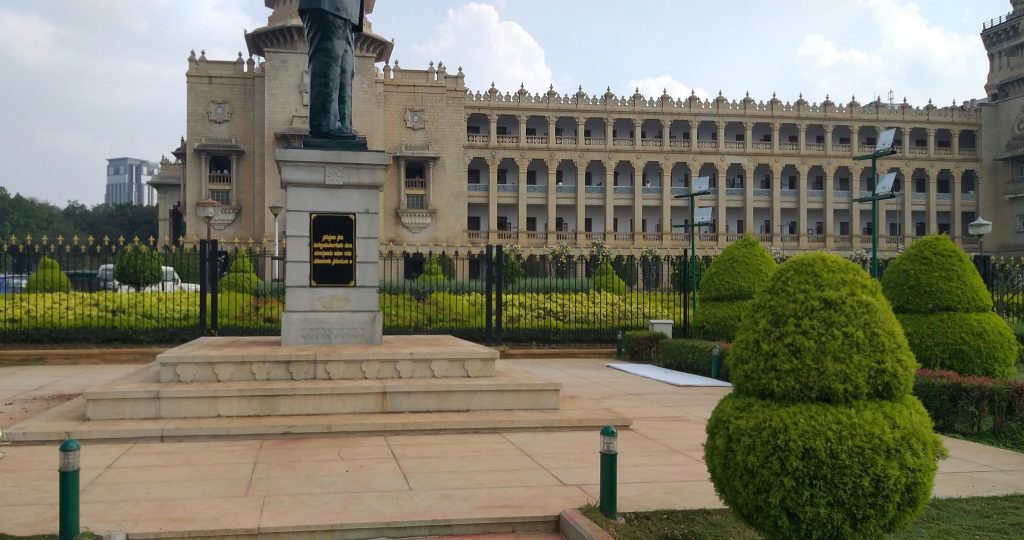
Central Dialects
Lastly, we shouldn’t forget about these two dialects that are spoken by small Karnataka communities:
- Arebhashe: The Gowda people of Kodagu speak this dialect. It takes different elements from an interesting language, Tulu, and words like bale (good) are pronounced differently than standard Kannada. It’s characterized by less breathy letters and a lack of female gender distinction.
- Tiptur: Originating in the Tiptur area, it’s a blend of the northern and southern dialects. So, one may call it a hybrid dialect. Investing in this unique dialect was the purpose of a book authored by Alevur Sriramana Acharya.
Conclusion
The delicate language of Kannada requires expert translators who understand the nuances of this Indian language and also appreciate the minute differences between its regional dialects. You must contact the most credible language translation services that hire Kannada experts and native speakers. So, these experts will know when to use Hegiddhiya and Neenu heghiddhiya when greeting someone.
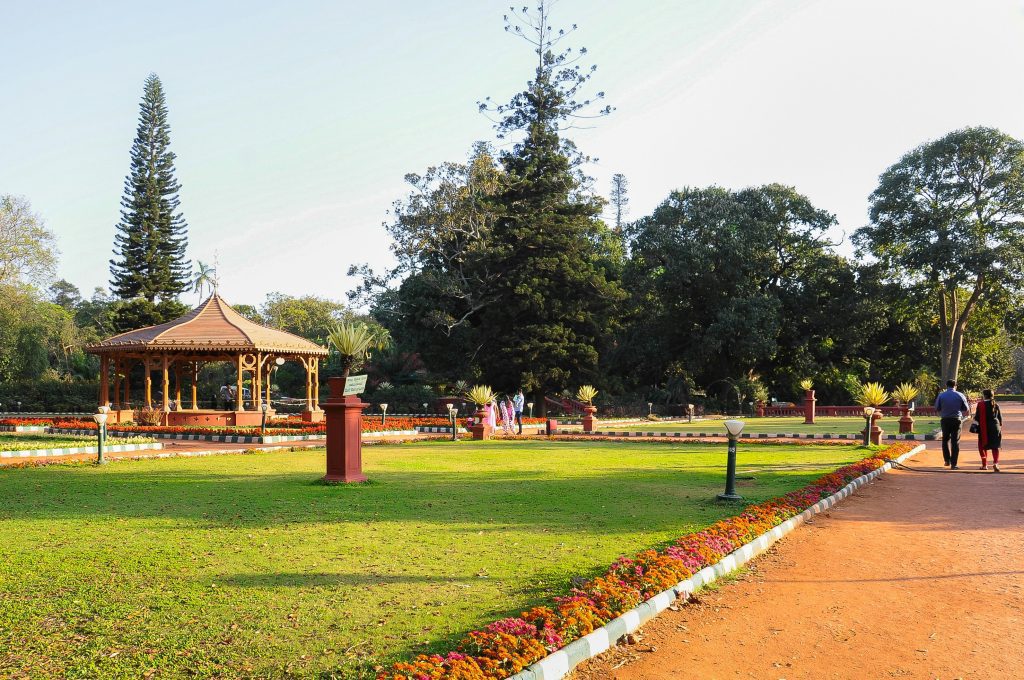
Reputed translation agencies like TranslateSwift offer accurate and culturally sensitive translations in all major Indian languages, especially Kannada. Whether it’s personal correspondence or business docs, put your trust in a dedicated team of skilled linguists to deliver precise translations in 24 hours.
FAQs – Kannada’s Regional Dialects
Where is the Kannada Language Spoken?
Kannada is mostly spoken by the residents of Karnataka. However, this language is present in Goa and Tamil Nadu. Similarly, some Indian immigrants living in Canada and the US speak it too.
How many regional varieties of Kannada are there?
Linguists believe that there are around 20 different dialects of Kannada. They are mainly categorized into these four broad categories: Mysore, Dharwad, Mangalore, and Gulbarga.
Who is called the Father of Kannada?
This title is attributed to the 10th-century author of Adipurana and Vikramarjuna Vijaya, famous literary works produced by Adikavi (First Poet) Pampa, an adherent of Jainism.


